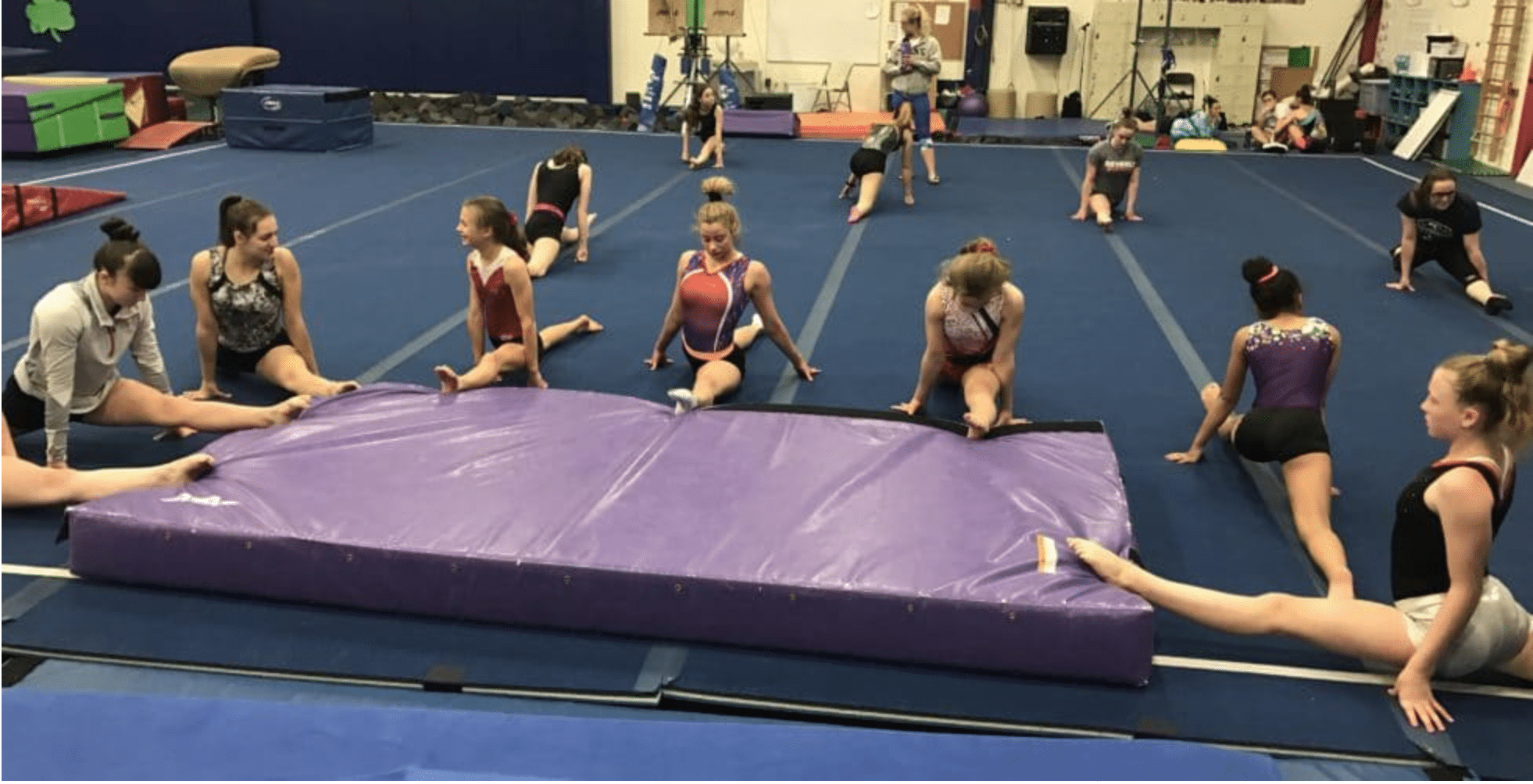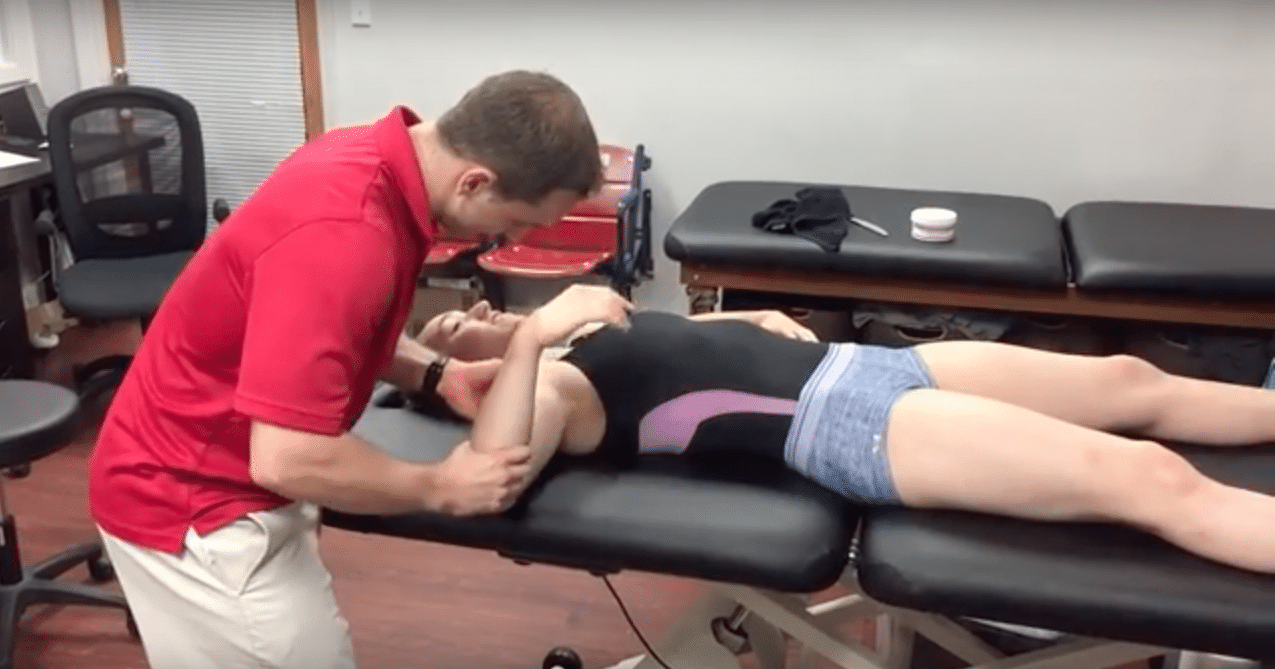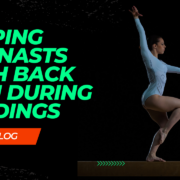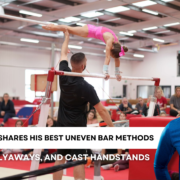Build Explosive Blocking Power with This Easy Upper Body Progressions
In this blog post, I outlined a handful of power exercise progressions for the lower body that I have found really useful. Due to how many people said it was helpful, I wanted to quickly put together a similar type of blog post for the upper body.
In gymnastics, this type of physical preparation helps to increase blocking power on vault or floor, and also has a really great transfer to uneven bar/high bar tapping power. I think out of all the areas of gymnastics, the transfer of these drills over to men’s parallel bar, pommel horse, and rings is probably the most substantial.
Not to mention, a really robust physical preparation program for the upper body is essential for injury prevention in gymnastics, as the arms are not inherently designed to take the impact. As a result, they must get special attention to handle the forces that are multiple times body weight in gymnastics, often in young athletes who have open growth plates.
As with the last post I try to do a few weeks of more localized arm exercises (like isolated push-ups or med ball chest pass) and then progress to more dynamic movements (using the core and lower body) and then finally sport-specific applications (blocking drills or compound movements).
Remember we ideally want to keep the repetitions on the lower end ( 3-6 over 4-5 sets) to help encourage maximal effort and high quality on each set. Remember these are best done after we have built up some upper body strength with exercises like push ups, single arm pressing, and handstand push ups.
Here are 3 of my favorte combinations to use
Table of Contents
1 – Springboard Plyo Push Ups and Rebounders
These are more traditional body weight plyometrics, but I really like using the springboard as it teaches gymnasts to “tune” the equipment and also is a bit more forgiving to start on as compared to a hard spring floor. I think doing 3-4 sets of 6-8 push ups, and then finishing with 10 rebounders in the push up position is pretty good. You can always scale down (spot or continue to use knees) with younger athletes, or scale up (weight or progress to lifting knees and being on feet)
1B – Medball Chest Pass from Kneeling and Throw from Hurdle
Medballs are something that I think could really benefit gymnasts. They are a fantastic way to change up the traditional upper body plyometrics and are also a really good way to use the entire body. Often times gymnasts get a bit stuck in the same few exercises like push up hops, and tend to plateau their power output or get bored. We usually use 4lb – 10lb balls based on the athletes, and the youngest ones use foam cubes until they learn proper technique.
3 – Jump Case Handstand Progressions
Along with horizontal power as seen above, gymnasts is also unique tha it requires vertical power with straight arms to produce fast handstand based turnover. This is most commonly seen in cast handstand based skills for girls uneven bars or mens parallel bars, but it is also seen across many disciplines of gymnastics in tumbling and vaulting. I find these are also great to use for metabolic conditioning in low risk situations. I tend to use tuck to hollow, and straddle progressions.
4 – Gymnastics Specific Blocking
The most imporatnt part from all these drills is that after strength, power, and “stiffness” is created, we transfer it over to gymnastics specific conditionings. The three most common applications I like are snap down power with rebounder drills (tumbling, vault) bar swing drills to create swing power, and upper body hollow tension drills.
Want to Learn More?
If you like this type of information and want to learn more, be sure to download by free “Gymnastics Strength and Power Guide”. Just enter your email information for the SHIFT Gymnastics Newsletter and it will be sent to your email right away.
The Gymnastics Strength
and Power Guide
- Methods and exercises for increasing strength and power in gymnasts
- Explanations on why gymnasts should use both weight lifting and body weight strength
- Teaches concepts of planning, specific sets or reps, and planning for the competitive year
We take our privacy seriously and will never share your information. Click here to read our full privacy policy.
I hope you have a great week!
– Dave
Dr. Dave Tilley DPT, SCS, CSCS
CEO/Founder of SHIFT Movement Science









